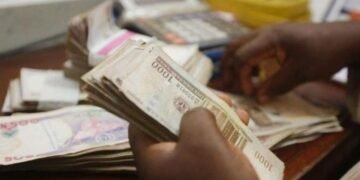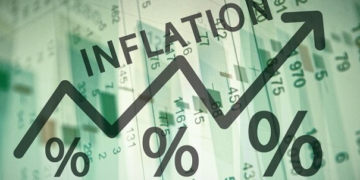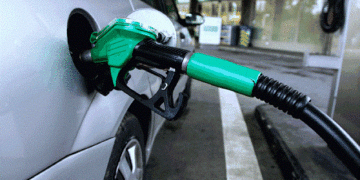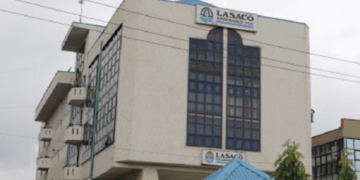The Russian ruble surged to a seven-year high on Monday, and sparked a debate in Moscow on whether the central bank should cap the exchange rate at an “optimal” value.
The currency was up as much as 1.7% to 55.44 per U.S. dollar, marking its strongest level since July 2015 based on Moscow Exchange prices. Year-to-date, the currency is now up by 35%, a world-beating gain that has continued unabated even after policymakers lowered the benchmark rate by 1,050 basis points and relaxed capital controls imposed in response to Western sanctions.
Also read; Bullish Sentiment Resumes as NGX-ASI records 0.66% in Profit
Government officials are growing increasingly wary of an advance that has the potential of undermining the nation’s export competitiveness and budget finances.
Top officials in the government and central bank put forward opposing views Monday on a target for the ruble exchange rate. First Deputy Prime Minister Andrey Belousov said authorities discussed a set goal for the ruble and prioritizing economic growth. An “optimal” rate is between 70 to 80 rubles per dollar, he said.
Hours after Belousov’s comments surfaced, a senior central banker warned against such a policy shift.
“If implemented, any ideas related to the targeting of the exchange rate will inevitably lead to a decrease in the effectiveness and loss of the sovereignty of the economic policy pursued,” Deputy Governor Alexey Zabotkin said at a parliamentary budget hearing. Russia floated the ruble in November 2014.
Putin’s former finance minister, Alexei Kudrin, said Russia was unlikely to consider the targeting option. According to analysts, authorities lack the means to influence the Russian currency, even if they wanted to. Allowing foreigners to sell assets could weaken the ruble, but would be politically impossible, according to Dmitry Polevoy, an economist at Locko Bank JSC.
At the inception of the Russian invasion of Ukraine, the ruble was routed, plunging to a record low of 121.5275 per dollar on March 10, as the US and her European allies sought to isolate the country from the international financial system.
In response, Moscow imposed mandatory foreign-exchange sales on exporters and required some buyers of energy products to pay in rubles. These measures has facilitated in the currency turning around to post a 118% rally.
The strengthening ruble undercut export revenues in local-currency terms and made the country’s goods more expensive abroad.
The central bank responded by easing capital controls, but the currency gains have continued unabated.
Nnamdi Maduakor is a Writer, Investor and Entrepreneur


























































